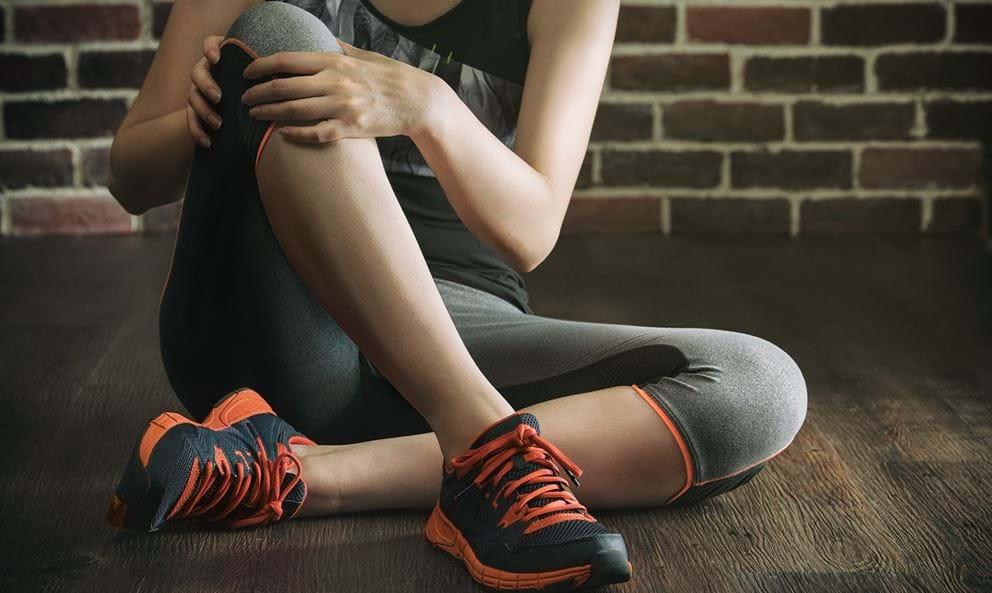Recovering from an injury: how the gym could help

Sports and exercise are great for a whole lot of reasons. Unfortunately, though, going all-out in the gym or on the track always carries a risk of injury, and when injury does strike, it can be extremely discouraging.
After all, what’s worse than knowing that you’ve got to avoid the gym for however long it takes you to get better?
But wait a minute. What’s that you say? Going to the gym could actually help you recover?
Hmm.
Exercise can help to address imbalances
When you’ve just been injured, the first thing you should do is follow the “RICE” method. That stands for “rest, ice, compression, elevation”. Once swelling has gone down, and it’s no longer directly painful to move the limb or engage the muscle, it’s time to start addressing the underlying problems.
The first thing to understand is that muscle imbalances play a large part in many injuries, both chronic and acute.[1] When a muscle is overpowered by its opposite, posture is often affected in dangerous ways, joints can be misaligned, and other muscles can end up forced to take strain during exercises where they should be largely at rest.
The sooner these imbalances are corrected, the sooner the added strain will be lifted, and the more swiftly an injury can recover. Be sure to focus on balanced workouts above all else.
Exercise increases blood flow to injured areas
Research shows that blood flow to targeted muscles is dramatically increased following (though probably not during) exercise.[2]
Increased blood flow to an injured area means faster recovery, as blood transports an abundance of oxygen, nutrients and hormones.
In fact, electrical stimulation, which is known to increase blood flow and circulation among other things, has been associated with significantly accelerated recovery times, and a greater proportion of successful recoveries.[3]
Obviously, you shouldn’t try and do any strenuous exercise with an injured muscle. By all means, though, very lightweight workouts may just give the injured area the extra juice it needs to recover.
Exercise can keep your spirits up
One of the worst things about being injured is the psychological and emotional impact – the feeling of stalling in your fitness progress, losing hard-won achievements, and the generally depressing effect of being in pain.
All the more reason to keep doing some form of vigorous exercise when injured, since such exercise releases in a rush of endorphins – a feel-good and anti-pain hormone which has been scientifically demonstrated to have morphine-like effects.[4]
If you are feeling unusual soreness or pain, please see your GP or a medical professional.
[1] http://citeseerx.ist.psu.edu/viewdoc/download?doi=10.1.1.912.9455&rep=rep1&type=pdf
[2] https://www.ncbi.nlm.nih.gov/pubmed/9578376
[3] https://www.ncbi.nlm.nih.gov/pmc/articles/PMC3776323/
[4] https://www.ncbi.nlm.nih.gov/pmc/articles/PMC3104618/


